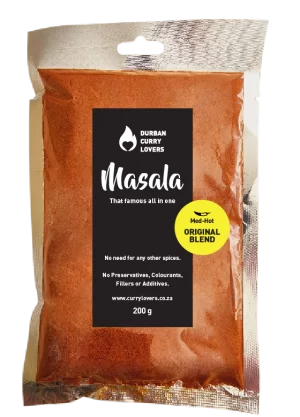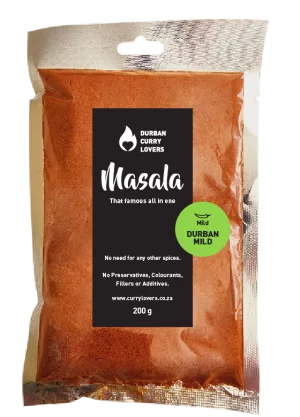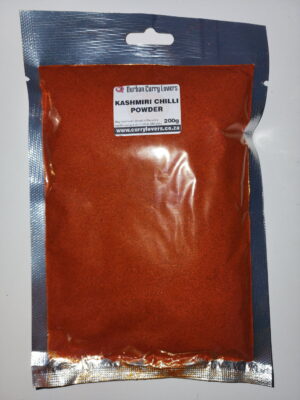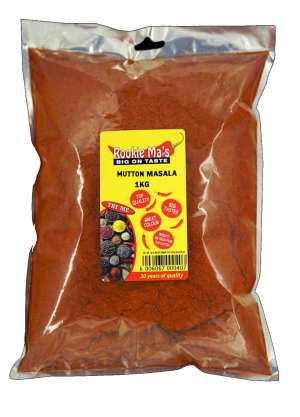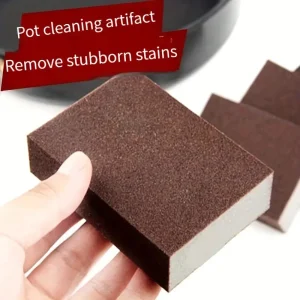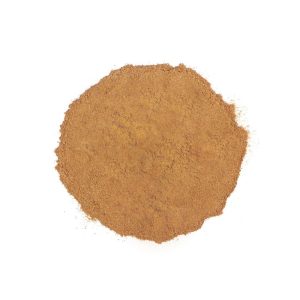
As the heart of many culinary traditions, cooking oil plays an essential role in our kitchens.
From sautéing vegetables to frying up a feast, the slick substance can make or break a meal.
However, in the interest of cost-efficiency and sustainability, many home cooks wonder about the safety of reusing cooking oil.
Repeatedly heating vegetable oils at high temperatures during cooking generates harmful compounds, such as polycyclic aromatic hydrocarbons (PAHs), which are reported to be carcinogenic.
Consumption of these repeatedly heated cooking oils (RCOs) and inhalation of their fumes have been linked to health hazards, including genotoxic, mutagenic, and tumorogenic activities, and an increased incidence of various cancers such as lung, colorectal, breast, and prostate cancers.
However, this doesn’t mean reusing cooking oil is a complete no-go.
If done carefully and with the right steps, you can minimize the risk of these harmful effects. Here are some tips on how to safely reuse cooking oil:
1. Choose the Right Oil: The type of oil you use for frying matters. Oils high in polyunsaturated fats, like linoleic acid, generate more harmful byproducts compared to oils with low amounts of polyunsaturated fats and high amounts of monounsaturated fats. Therefore, options like olive oil or canola oil might be better choices than safflower oil, grapeseed oil, sunflower oil, and corn oil.
2. Monitor the Heat: Using a good thermometer allows you to keep an eye on the temperature and refrain from going above 375 degrees Fahrenheit (190 degrees Celsius). Frying foods at or above this temperature can lead to an alteration of the chemical composition of fats in the oil used, resulting in lipid degradation products, which have been linked to various health conditions.
3. Strain After Use: Straining the oil through a few layers of cheesecloth after use can catch any food particles before storing. This reduces residue in the oil, which may lead to further degradation and accumulation of harmful byproducts upon subsequent uses
4. Proper Storage: After use and straining, give the oil a few hours to cool to prevent burns from handling hot oil. Oil is best stored in a cool, dark place, such as a cabinet, in a secure container.
5. Limit the Number of Reuses: Even with careful management, each reuse of oil alters its composition, leading to a build-up of harmful byproducts. America’s Test Kitchen suggests reusing frying oil up to three times, after which it should be replace.
In conclusion, while reusing cooking oil at home isn’t entirely risk-free, by following these guidelines, you can reduce potential health hazards and enjoy your cooking in a safer, more sustainable way.
As always, moderation is key, and when in doubt, consult with a nutritionist or health professional.

